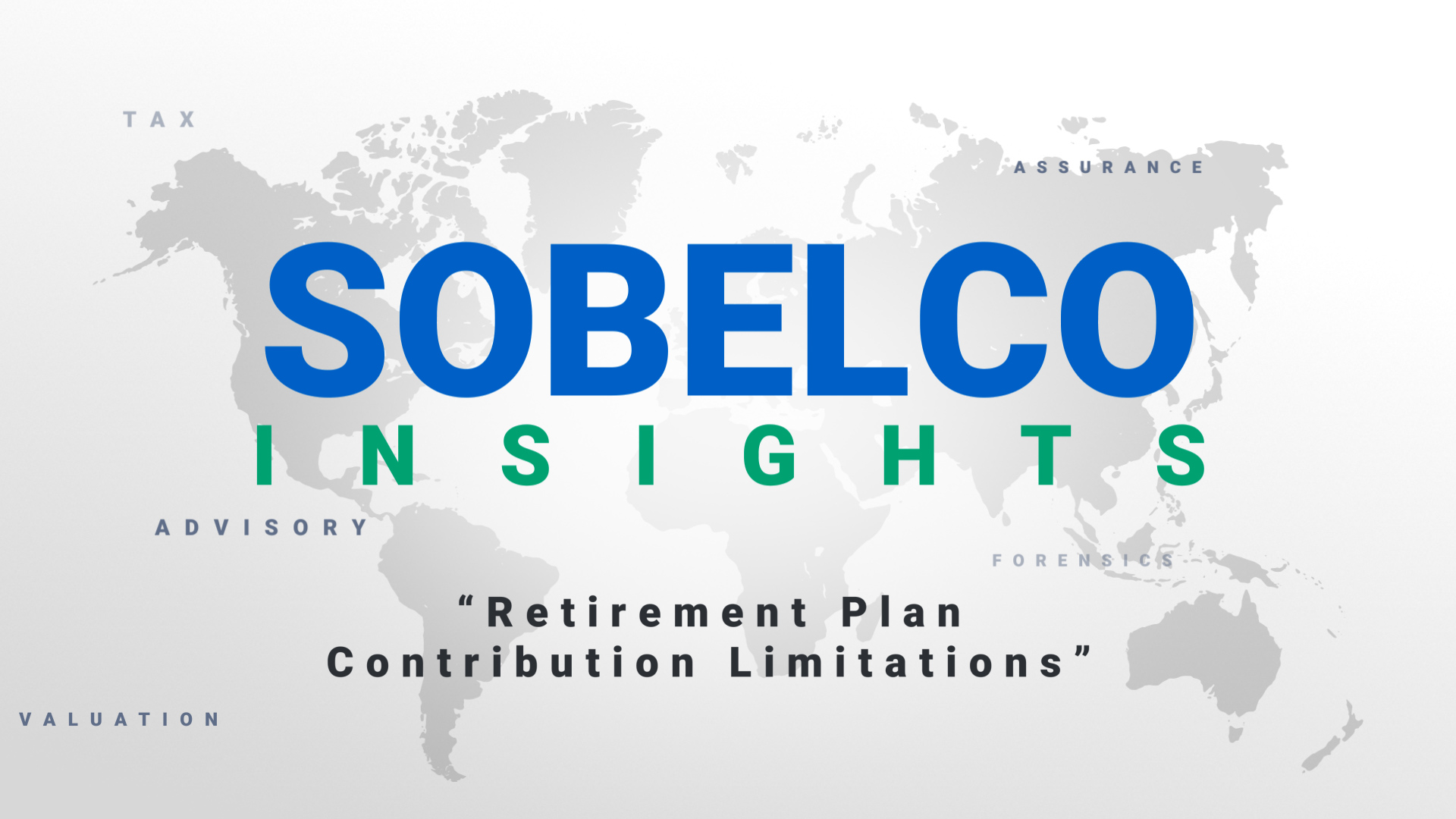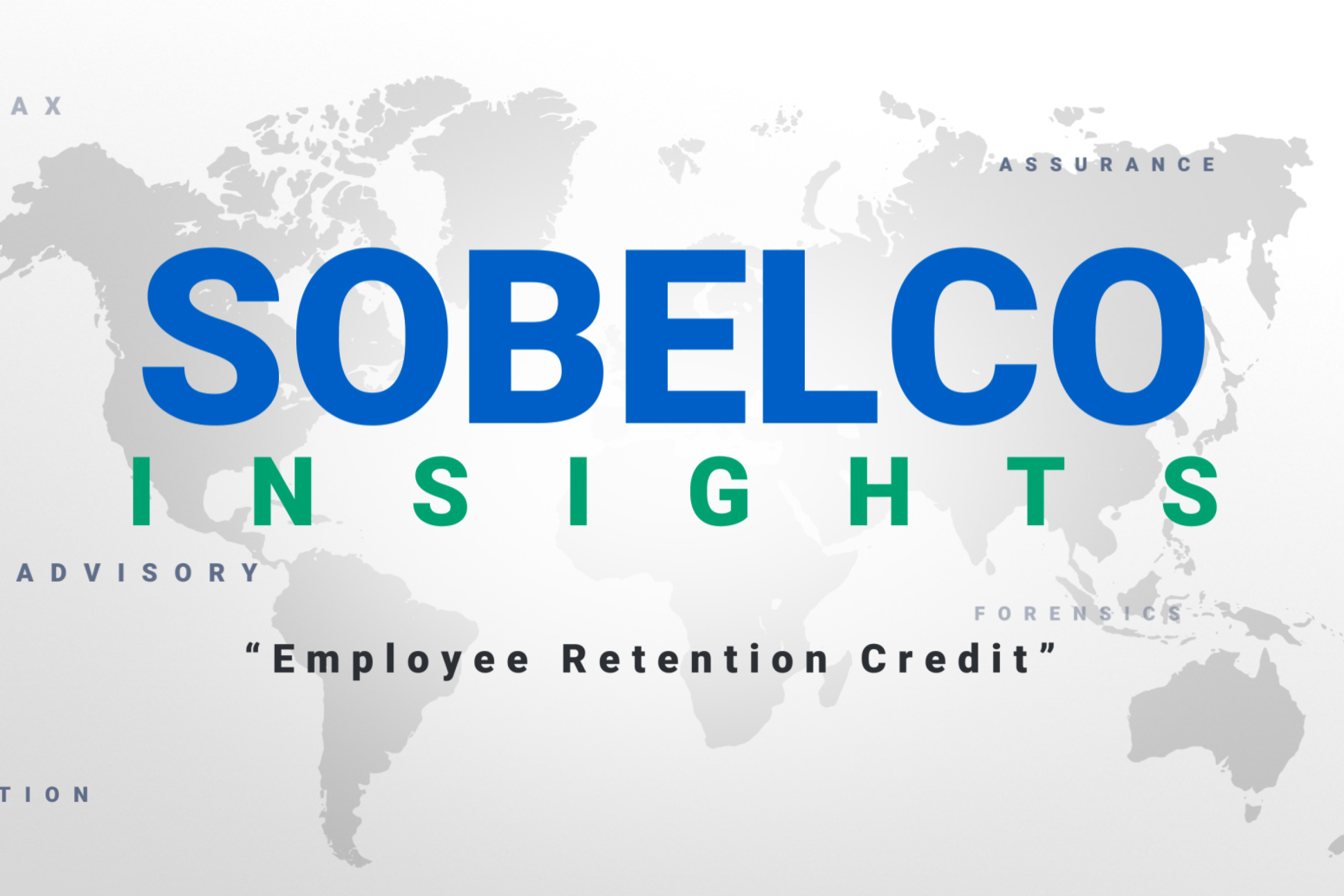
It’s the end of 2019 and before 2020 arrives you may want to consider some last minute planning ideas to trim your tax bill and to avoid costly mistakes.
Verify that you withheld the appropriate taxes from your paycheck. You can start the process of your year-end planning by simply confirming that you have withheld enough, or paid the right amount, of taxes throughout the year. By doing this now you can avoid the possibility of owing any additional amounts at year-end. This step is especially necessary for people who have changed jobs or who worked at multiple jobs throughout the year.
This advice is not only for individual taxpayers, but applies as well to those who are self-employed or retired. If you fall into either of these categories, it is equally as important that you make sure you have paid enough in quarterly tax estimates throughout the year.
Max out your retirement contributions. For 2019 you can contribute up to $19,000 to your 401(k) or other employer retirement account by year-end. Those who are 50 and older by year-end are allowed a catch-up of $6,000 more. Another option to consider is contributing up to $6,000 to an IRA for 2019 plus $1,000 for taxpayers who are 50+. While the contribution may not be deductible, you can take advantage of the tax deferred growth. And remember, the contribution deadline is April 15th, 2020.
Consider year-end tax loss harvesting. To minimize your taxes and potentially offset any gains you have made in 2019, you may want to review the investments in your non-retirement accounts. It may make sense to sell some winners – or even losers- depending on your overall tax situation for the year. You can realize up to $3,000 in excess capital losses to offset up to $3,000 of regular income each year and the unused losses can carry forward for future use.
Take your Required Minimum Distribution. If you are retired, you will have to take Required Minimum Distributions (RMDs) when you turn 70 ½ years old. The deadline to complete the withdrawal is December 31, 2019, and the amount you must take out is based on your age, combined with your IRA account balance as of December 31, 2018 (prior year). If you fail to take your RMD, you could be responsible for a 50% penalty on the shortfall. This situation is definitely something you want to circumvent if at all possible.
Be strategic with charitable donations. With the increase in the standard deduction, fewer people are actually realizing any tax break for their charitable giving. One common tactic to get around this is called “bunching” deductions. What this means is that you consolidate multiple financial gifts by donating several years’ worth in a single year, resulting in pushing you above the standard deduction threshold and enabling you to benefit from itemizing your deductions. You may also want to look into setting up a Donor Advised Fund. This concept may be of interest to you because it allows you to make a contribution and get a tax deduction now, but then distribute the funds to your charities of choice at a later date. In the meantime, the money can be invested and potentially grow tax free.
Another strategy, which is available to donors who are currently required to take RMDs, is to gift up to up to $100,000 from your IRA directly to a charity every year. This is called a Qualified Charitable Distribution or QCD. The greatest benefit to this year-end plan is that the income never comes into the tax return. This approach works best for you if you are charitably inclined and are not benefiting from the itemized deduction because the standard deduction is higher and more beneficial to you. However, it also works for itemizers because the QCD lowers Adjusted Gross Income and therefore might help you qualify for deductions that are subject to phase-out, such as medical expenses.
Review your Qualified Business Income (QBI) deduction. If you have a small business or you earn income from self-employment, you may be eligible for the Qualified Business Income (QBI) deduction. This is also known as the ‘199A pass-through’ deduction. QBI calculates as a 20% deduction for the net income of many businesses that operate as pass-through entities. The QBI tax deduction is limited for those with 2019 income of more than $160,700 (single) or $321,400 (married filing jointly). If your earnings are close to these income thresholds, you may want to consider contributing to a Solo 401(k); having a cash balance plan to reduce income; or making tax-deductible donations to charity.
These are just a few of the more obvious tax saving steps you can take as 2019 draws to a close before the calendar turns to 2020. If you would like to discuss your specific situation, please email Mary Ford at mary.ford@SobelCoLLC.com.


